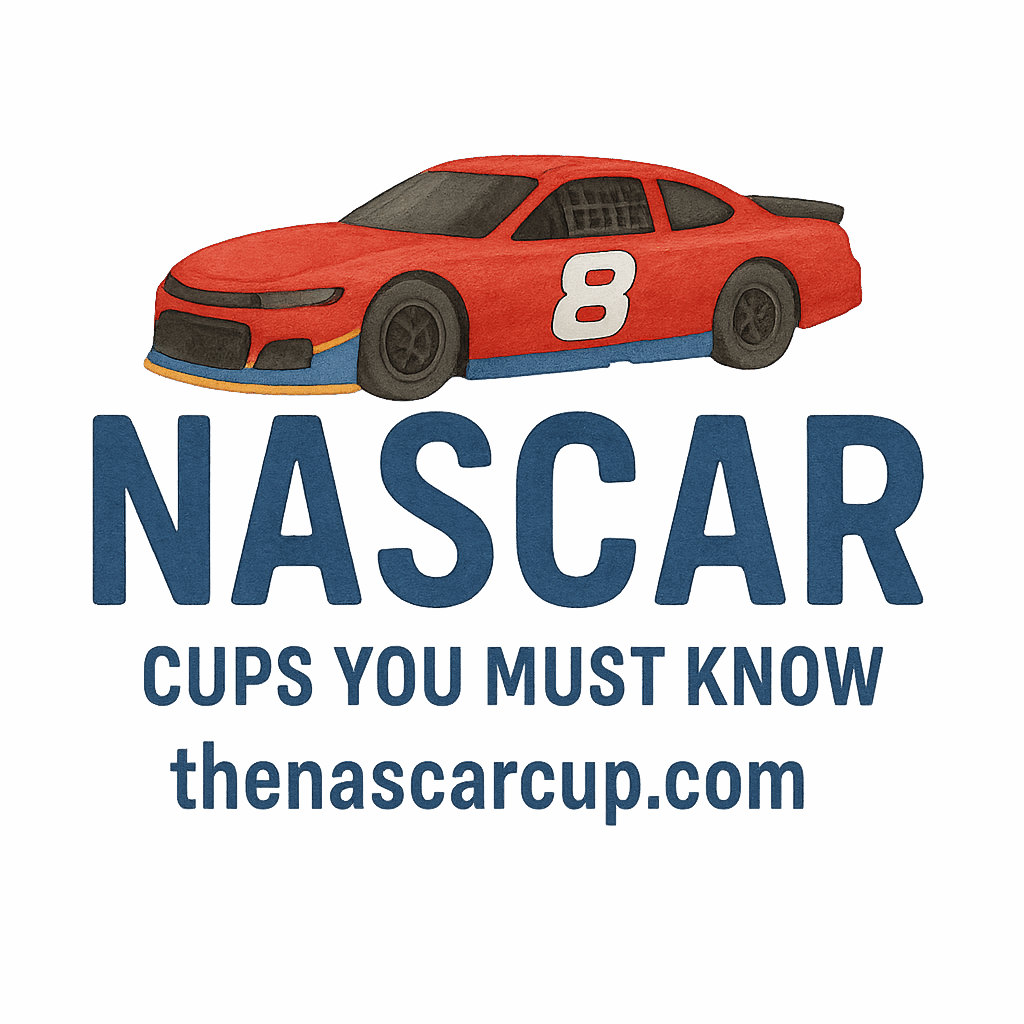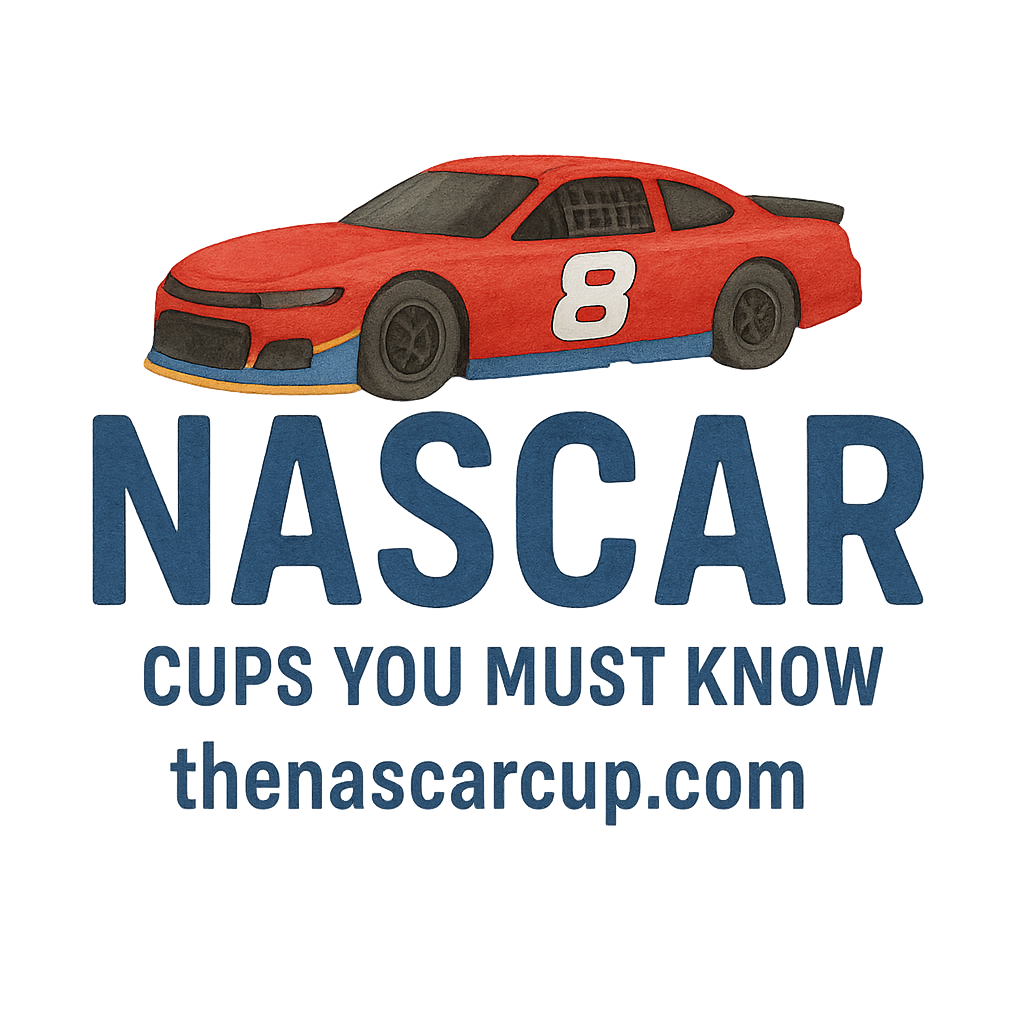Introduction
When you think of NASCAR today, you probably picture roaring engines, iconic raceways, and million-dollar sponsorships. But the sport’s earliest days? Let’s just say they were a wild ride full of bootleggers, beach races, and a whole lot of dust. If you’re a fan of high-octane history, buckle up—because we’re diving into seven jaw-dropping, lesser-known facts about the early days of NASCAR Cups races that will leave you stunned.
These facts aren’t just cool trivia—they help explain how NASCAR grew from backroad madness into a motorsport empire. And hey, if you’re itching to explore the legacy of legendary drivers, wild regulation changes, and jaw-dropping memorabilia, don’t forget to check out the archives at NASCAR Cups.
The Birth of NASCAR Cups
A Sport Born on the Beach
Long before the modern circuits and stadium seating, NASCAR was racing on sand—literally. Daytona Beach was where speed freaks first gunned their engines against each other in organized chaos. The wide, flat beach made for a natural drag strip. It was rough, it was raw, and it was real.
From Moonshine to Motorsports
NASCAR’s roots aren’t just in racing—they’re soaked in rebellion. Many early drivers got their start outrunning police in modified cars during Prohibition. So yes, NASCAR was built by speed demons with a bit of an outlaw streak.
Fact #1: NASCAR’s Roots Are Deep in Bootlegging
The Moonshiner Connection
Ever wonder why early NASCAR drivers were so good? It’s because they were literally practicing under pressure—while being chased by the law. Moonshiners in the South needed fast cars to escape the authorities while delivering illegal liquor during Prohibition.
Why Fast Cars Were Essential
To avoid arrest, moonshiners would strip weight, boost engines, and create some of the fastest “stock-looking” cars around. This tuning culture gave birth to modern stock car racing. These guys weren’t just rebels—they were innovators.
Early Drivers Were Often Outlaws
Some of NASCAR’s first stars had criminal records longer than their lap times. But fans loved them. They were the blue-collar heroes with checkered pasts—literally. This rebellious spirit still echoes today at NASCAR Cups History.
Fact #2: Races Were Originally Run on Dirt Tracks and Beaches
The Daytona Beach Road Course
Before Daytona International Speedway, races happened right on the beach. The course was a half-sand, half-pavement loop where cars would zip down the beach, turn inland, and roar back up a paved stretch.
Half Sand, Half Asphalt
Imagine driving at 100 mph on sand—it was like racing in quicksand. Cars often fishtailed, flipped, or just vanished into the surf. This bizarre mix made for some of the most unpredictable races in motorsports history.
Dirt Track Chaos and Excitement
Aside from the beach, many races were held on primitive dirt ovals. Mud flew, tires spun, and crowds roared. These tracks were gritty, grimy, and glorious. The spirit of these races lives on through Races & Circuits.
Fact #3: The First “Cup” Wasn’t Really a Cup at All
No Fancy Trophy, Just Bragging Rights
In NASCAR’s early days, the word “Cup” didn’t necessarily mean there was a cup-shaped trophy involved. Winners often got a handshake, maybe a bottle of whiskey, and, if they were lucky, a small cash prize.
The Humble Rewards of Victory
Back then, it wasn’t about the money—it was about pride, proving you were the fastest. Today’s glitzy rewards contrast sharply with the simple victories of old, something today’s motorsport icons would tip their hats to.

Fact #4: Safety Was an Afterthought
No Helmets, No Seat Belts
Early NASCAR Cups races were death-defying stunts on wheels. Drivers didn’t wear helmets at first. Cars lacked roll cages, and safety gear was optional—if it existed at all.
It Was Pure Risk and Grit
Drivers relied on instinct and luck. If you crashed, there was a good chance you were done—both in the race and in life. Despite the danger, the fans couldn’t get enough.
Crashes Were Spectator Thrills
Spectators would line up dangerously close to the track, loving every flip and spin. Nowadays, with advanced motorsport rules and strict safety standards, it’s a different world entirely. Learn how safety evolved at Rule Changes.
Fact #5: The First NASCAR Cup Race Had a Controversial Winner
The Story of Glenn Dunaway
The first-ever official NASCAR race was held in 1949. Glenn Dunaway crossed the finish line first… but his joy was short-lived.
Disqualified After the Checkered Flag
Officials discovered Dunaway’s car had altered rear springs—a technique popular with moonshiners to absorb weight and improve traction. That got him disqualified.
The Hidden Leaf Spring Scandal
His disqualification gave the win to Jim Roper. The controversy made headlines and set the tone for many future regulation updates. Integrity and speed would forever be intertwined.
Fact #6: Early NASCAR Cups Races Helped Shape American Car Culture
The Rise of the Stock Car
Fans weren’t just watching for fun—they were shopping with their eyes. If a Ford or Chevy won on Sunday, dealers sold out on Monday. The cars you saw on the track were the ones you saw on the streets.
Fans Fell in Love With What They Drove
People related to the vehicles on the track because they owned similar models. This made NASCAR incredibly personal—and popular.
Brands Battled on the Track and in the Showroom
Automakers knew the marketing power of a win. NASCAR became a battlefield for brand dominance, influencing both engineering and advertising.
Fact #7: Many Early Tracks Are Now Long Gone
Ghost Tracks of NASCAR’s Past
Many of the tracks from the early days no longer exist. Over time, they were abandoned, paved over, or swallowed by urban development.
Lost to Time and Urban Sprawl
Places like Lakewood Speedway and Columbia Speedway are relics of a bygone era, remembered only in faded photos and dusty archives.
A Legacy Preserved by Collectors and Historians
Luckily, passionate fans and collectors keep the memory alive. At Memorabilia Marketplace, you can explore rare items from these golden days. It’s not just nostalgia—it’s history on display.
The Lasting Legacy of Early NASCAR Cups Races
NASCAR’s Evolution Over the Decades
From beach blasts to high-tech ovals, NASCAR has come a long way. Yet, its core—grit, speed, and spirit—remains intact. The early days were wild, raw, and deeply American.
Nostalgia Drives the Collectibles Market
The appeal of vintage race gear, old race footage, and rare items has never faded. For fans, it’s about more than memorabilia—it’s about honoring where it all began. Explore more at Collectibles and the Fan Experience.
Conclusion
So, what did we learn? Early NASCAR Cups races weren’t just the start of a sport—they were the foundation of a cultural movement. From moonshine-fueled madness to sand-slinging speed fests, these races helped shape what NASCAR is today. And while the sport has evolved, the legends, the stories, and the heart-pounding history live on in every lap we watch today.
Whether you’re a die-hard fan or just dipping your toes into the sport, there’s no denying the powerful legacy of those first roaring engines. Want more? Dive into Drivers & Teams, Fan Guides, and Global Racing to keep your engine running.
FAQs
1. Why did NASCAR start on the beach?
Daytona Beach offered wide, flat terrain perfect for high-speed racing before formal tracks were built.
2. Who was the first disqualified winner in NASCAR history?
Glenn Dunaway in 1949, due to illegal modifications.
3. Were early NASCAR drivers really moonshiners?
Yes! Many learned to drive fast while running illegal liquor.
4. What kind of tracks did early NASCAR Cups races use?
Sand, dirt, and basic ovals were the norm—far from today’s high-tech circuits.
5. Is there a place to buy early NASCAR collectibles?
Absolutely—check out the Memorabilia Marketplace for rare finds.
6. Did fans really watch without barriers?
Yes! Safety was minimal, and fans stood shockingly close to the action.
7. Where can I learn more about NASCAR’s evolution?
Visit NASCAR Cups History for deep dives into how the sport has changed.


